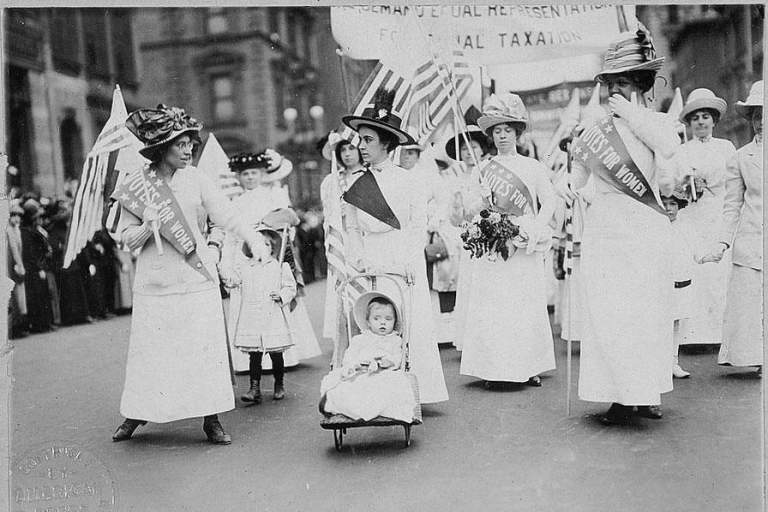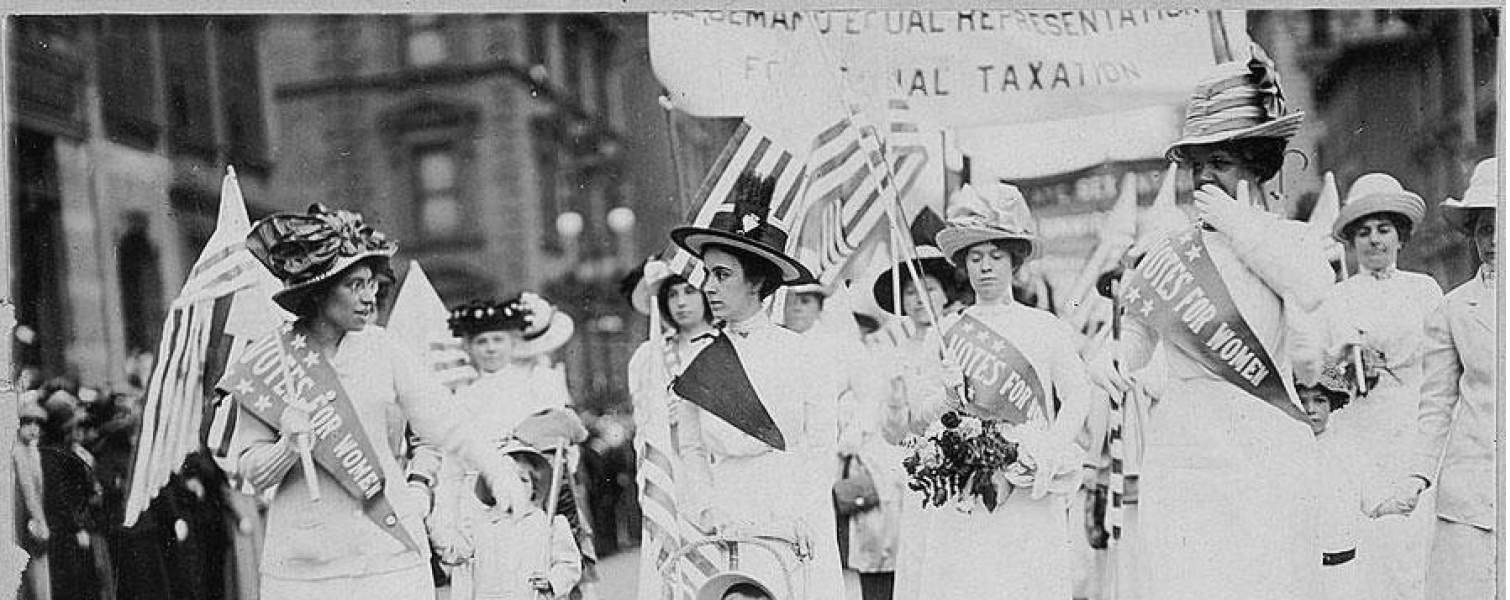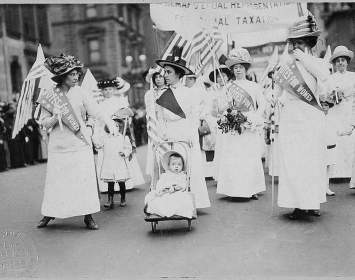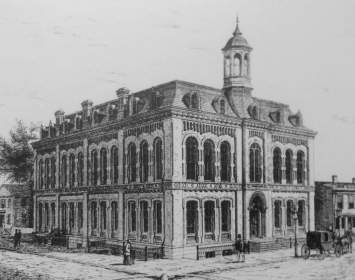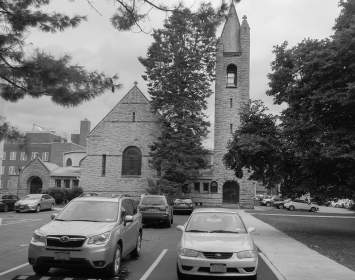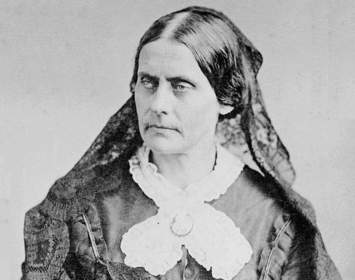On Tuesday–Thursday, March 27–29, 1894, the Tompkins County Political Equality League—an independent county-level woman-suffrage advocacy organization—held a three-day meeting comprising public events at Library Hall and First Baptist Church in Ithaca. At the time, New York State suffragists were canvassing for petition signatures. A state constitutional convention was upcoming later that spring, and the petition sought removal of the word male from the constitution's list of the qualifications required of New York voters.
Though the sponsoring organization was local and unaffiliated with the New York State Woman Suffrage Association (NYSWSA), the meeting nonetheless attracted two speakers of national prominence: veteran suffrage campaigner Susan B. Anthony of Rochester, and Anna Howard Shaw, a leading suffragist, physician, and one of the first women to be ordained a Methodist minister.
The first day of the three-day meeting (March 27, 1894) was held at Library Hall. Proceedings focused mostly on the appointment of a committee to conduct canvassing in Tompkins County, the county in which Ithaca is located. According to contemporary accounts, a substantial cross-section of Ithaca’s better-educated citizens volunteered to canvass for signatures.
The meeting continued on Wednesday, March 28, at the Baptist Church. Ithaca Mayor Clinton D. Bouton gave an enthusiastic endorsement of the suffrage movement. (His wife, Carrie E. Bouton, chaired the Tompkins County Political Equality League.) Mayor Bouton was also an advocate for temperance; in his remarks, he predicted that when woman gained the ballot, an early result would be the "downfall of the saloon." This was an argument for woman suffrage frequently made by advocates of temperance and/or prohibition.
James Edward Oliver, originator of the mathematics program at Cornell University and member of the National Academy of Sciences, gave what historians Carol Kammen and Elaine Engst termed "a thoughtful argument in favor of granting woman the franchise.”
Professor Oliver then introduced Susan B. Anthony, who regaled the near-capacity crowd for almost two hours. She discussed her past work for suffrage and celebrated the growing number of work opportunities available to women, but decried the lack of equal pay for equal work. “Our work is to get the constitution of this state amended by striking out the word male," Anthony proclaimed. "We mean to place before the constitutional convention a petition requesting this change that shall be signed by one million people, men and women. We want the men’s names for their political influence and the women would put a stop to the old taunt that women do not want the vote.”
On Thursday, March 29, programming returned to Library Hall. Anna Howard Shaw was introduced by Cornell mathematics professor George W. Jones. She delivered an oration that served as the event's finale. Shaw reportedly enthralled her audience with a sweeping catalog of all the ways woman had been treated unfairly through history and in the present day. “The ‘darkest stain upon the country is the disregard for women,’” she declared, and “that ‘there is no monument to women as big as the palm of your hand in this country.’ She concluded, ‘… we need the applied word ‘motherhood’ in our government.”
Encouraged by meetings like this one, New York suffragists collected 600,000 signatures on a petition to make the state's voting requirements sex-blind. The New York State Constitutional Convention of 1894 opened in Albany on May 5 and closed on September 13. It achieved many things, most notably a constitutional requirement that New York's Adirondacks region (now Adirondack Park) be preserved "forever wild." But it did not remove the bar to voting by women. On November 6, voters approved the Fourth Constitution of the State of New York, which still demanded that New York voters be male. On January 1, 1895, the new Constitution went into effect.
By mid-September, New York suffragists knew they had failed. Still, through the petition drive the suffrage movement statewide had honed its organizational skills. Even more important, vibrant leaders such as Harriet May Mills of Syracuse, Isabel Howland of Sherwood, and Jean Brooks Greenleaf of Rochester had come forward.
The twenty-sixth annual convention of NYSWSA was scheduled for Ithaca in mid-November. "The cry after Albany," wrote historians Kammen and Engst, "was ‘On to Ithaca.’"
This event, hosted by the Tompkins County Political Equality League, is apparently not well known to historians. The claim is often made in suffrage histories that it was remarkable for the 1894 NYSWSA convention to be held in a town as remote as Ithaca despite the lack of any local suffrage organization on the ground! This confusion may be explained by the fact that the Tompkins County Political Equality League had not formally affiliated with the NYSWSA, as many other political equality clubs had. Perhaps this led to the Tompkins County group's existence and its role in sponsoring the March 1894 event to be overlooked.
Thanks to Patricia Longoria, Carol Kammen, and Elaine Engst for research assistance.
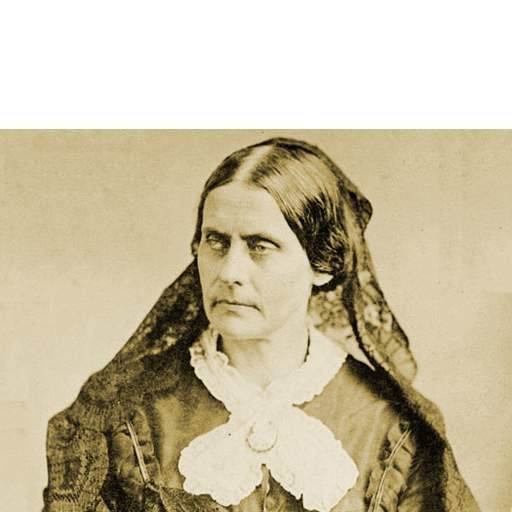
Susan B. Anthony
Susan B. Anthony.
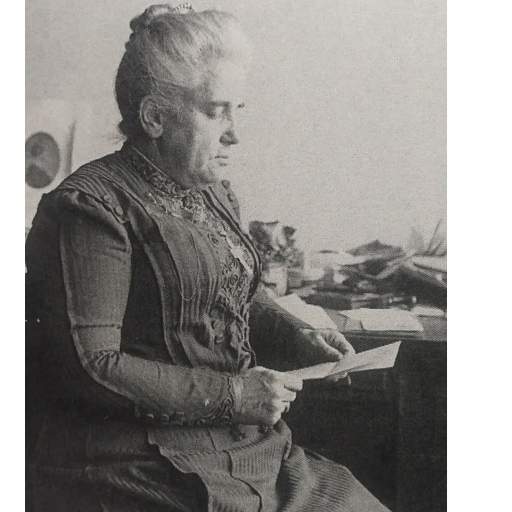
Anna Howard Shaw
Anna Howard Shaw.
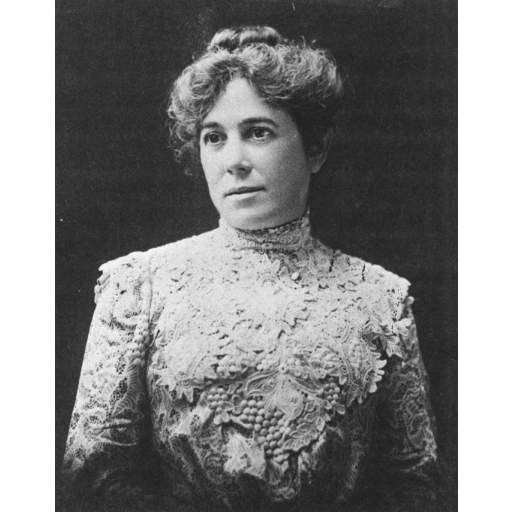
Harriet May Mills
Harriet May Mills.
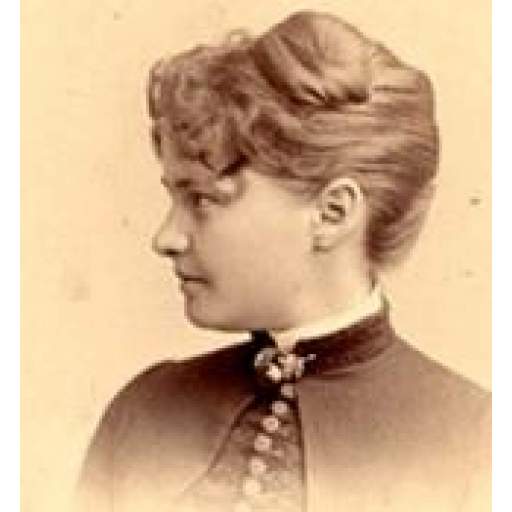
Isabel Howland
Isabel Howland.
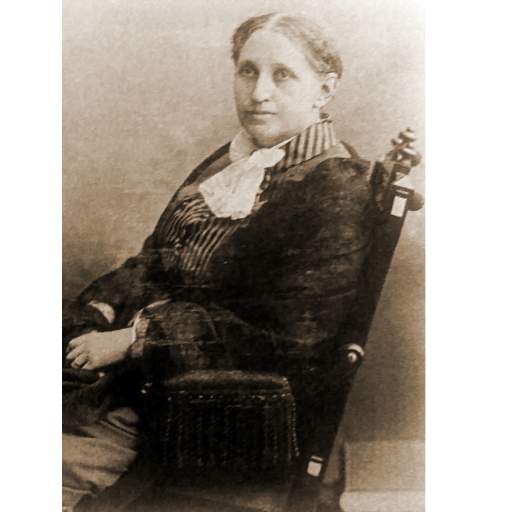
Jean Brooks Greenleaf
Jean Brooks Greenleaf.
